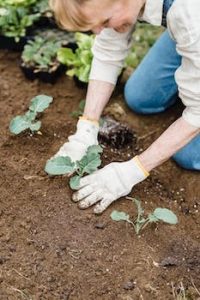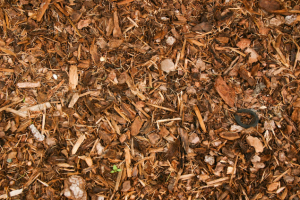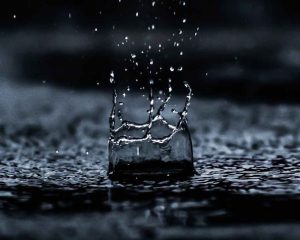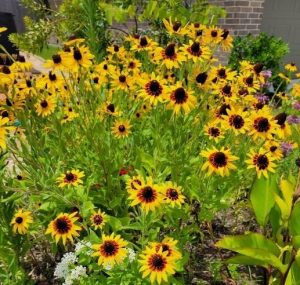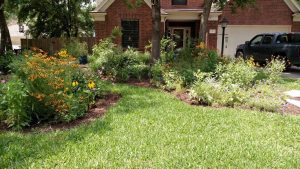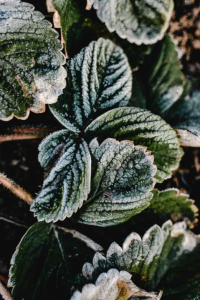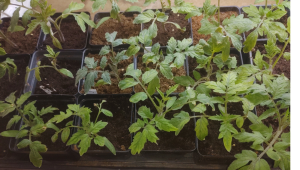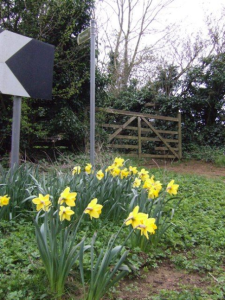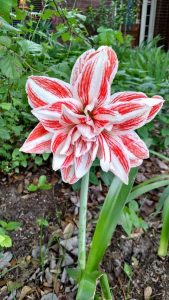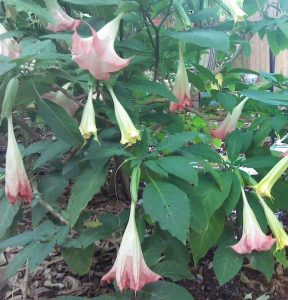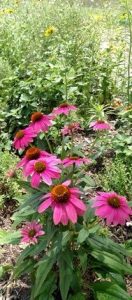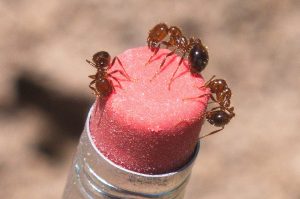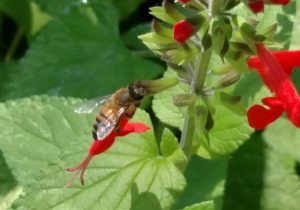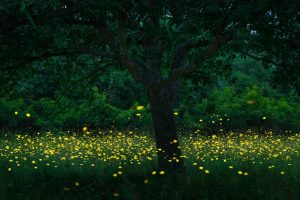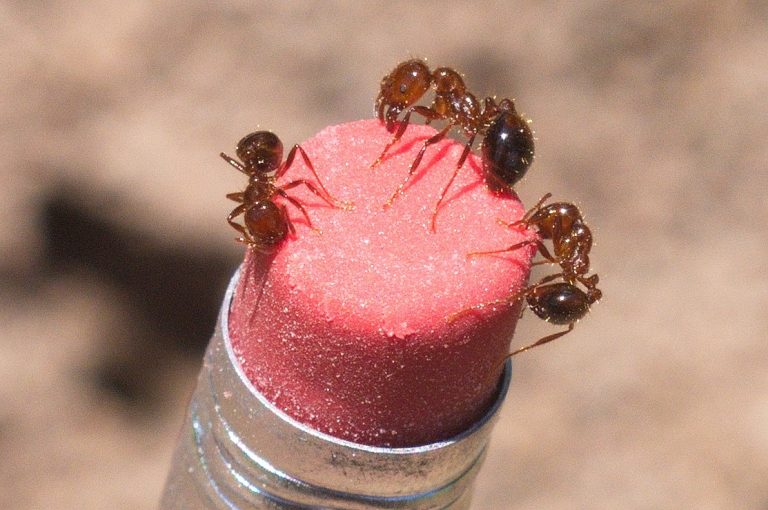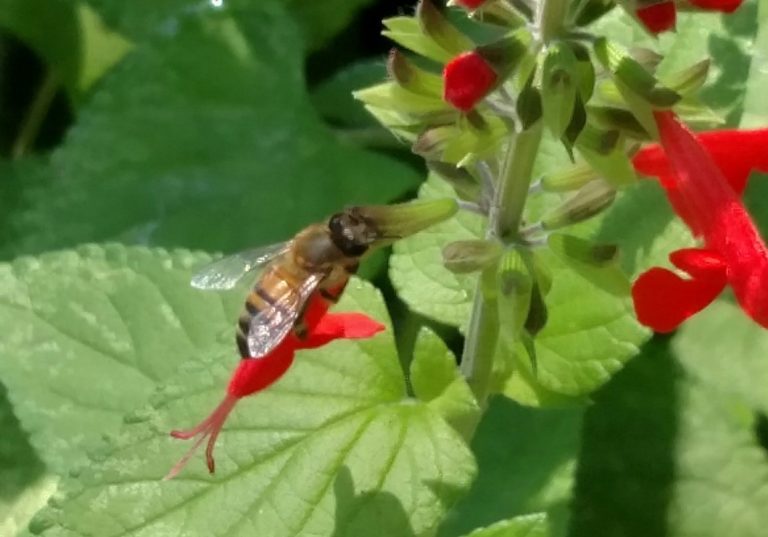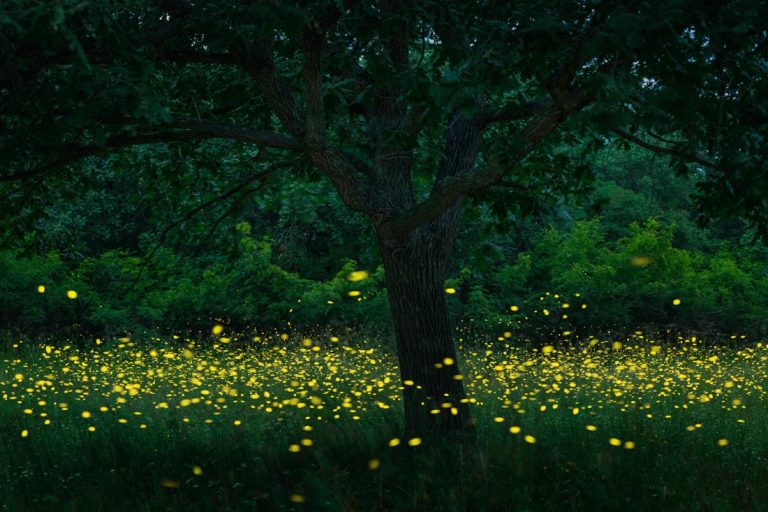When grass begins to turn yellow or brown in fall and winter, it’s not a sign that it’s dying. Turning color is a sign that the grass is going dormant
Yes, the roots are still alive. In good soil, those roots will be digging their way deep into the soil to get water and nutrients. But good soil is another story.
In late spring and summer months, local grasses need no more than an inch of water a week. Not so in the fall and winter.
The average rainfall in the cooler months in Montgomery County, Texas ranges from 5.4 inches in October to about 3.18 inches in February, more than enough to supply the minimum amount of water that local grasses need during the dormant season.
The statistics are pretty clear: October receives an average of 5.46 inches per month; November, 4.76; December, 4.09; January, 4.22; February, 3.18, and March, 3.03. That is more than enough water to satisfy the needs of lawns. Even most landscape plants can thrive on that much water, unless they are native to tropical rainforests (which would be most out of place in The Woodlands).
Take October for example, with an average rainfall of 5.4 inches. That’s approximately 1.35 inches per week. That’s much more than St. Augustine requires, especially in the fall. On a 4,000 square foot lawn, that much rainfall equates to 3,370 gallons of water. In a month, that becomes over 13,000 gallons of rain. On a small lawn, that comes to almost $40 in savings on your water bill for one month.
Refraining from sprinkler irrigation in the cooler months can also help lower sewer bills. Many Municipal Utility Districts (and all in The Woodlands) calculate sewer charges based on the average water used by a customer in December, January, and February. That average sets the monthly sewer charge. By not irrigating during those months, a resident can save more money.
Of course, it may not rain each week. Some residents see that possibility as a problem. Assuming soil has high amounts of organic nutrients, much of the rain that falls can be captured in the ground where its use can be extended. That also results in much less runoff, as well.
BT





